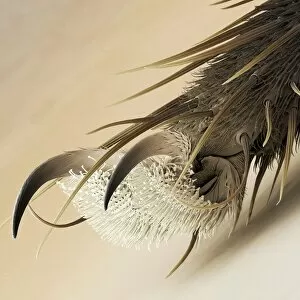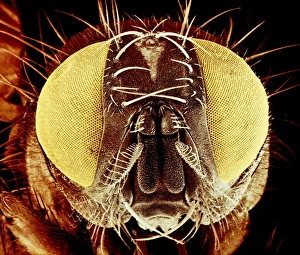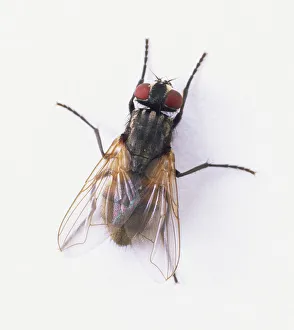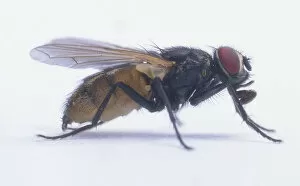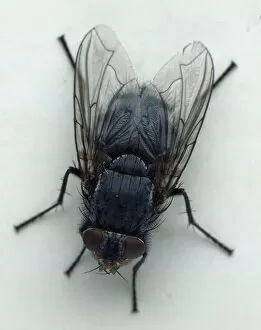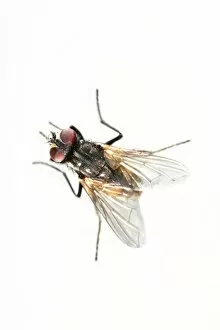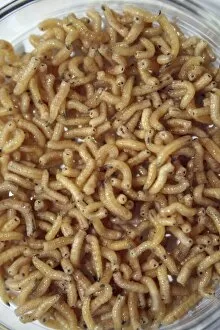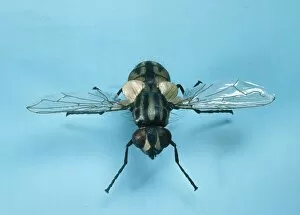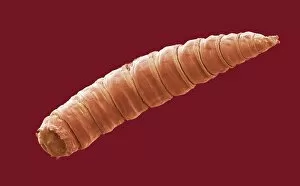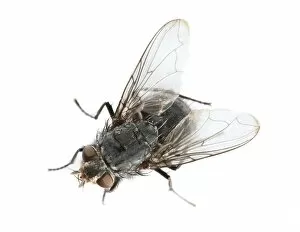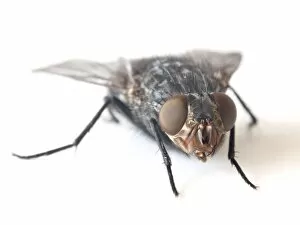Musca Domestica Collection
The Housefly (Musca domestica) is a common insect found worldwide
All Professionally Made to Order for Quick Shipping
The Housefly (Musca domestica) is a common insect found worldwide. Its foot, as seen under the scanning electron microscope (SEM), reveals intricate structures that enable it to cling onto various surfaces with ease. In one captivating image, a Common house fly is spotted on cow dung in a captive setting, highlighting its preference for such environments. A false-color SEM of the head showcases the remarkable details of this tiny creature's anatomy. With compound eyes and mouthparts designed for feeding on organic matter, it navigates its surroundings with precision. Another close-up shot captures two House Flies side by side, showcasing their distinct black bodies and iridescent wings. Viewed from above, the Common House Fly displays its characteristic dark coloration and transparent wings against a contrasting background. A striking image shows a Housefly standing on metal, emphasizing its ability to adapt to diverse surfaces effortlessly. However, not all encounters are favorable for these flies. A Field Digger Wasp capturing prey provides an up-close look at the predator-prey relationship in nature's intricate web. An overhead close-up view further highlights the intricacies of this fascinating insect's body structure. In another intriguing photograph, a Common Housefly stands confidently on the end of a metal spike – an impressive display of balance and agility. The caption "Housefly C015 / 9927" hints at scientific identification methods used to study these insects individually. Beyond their presence in our daily lives, houseflies also play essential roles in waste digestion and food production ecosystems. Maggot waste digestion food production is exemplified through an image labeled "C015 / 9938, " shedding light on how these creatures contribute to environmental processes.

